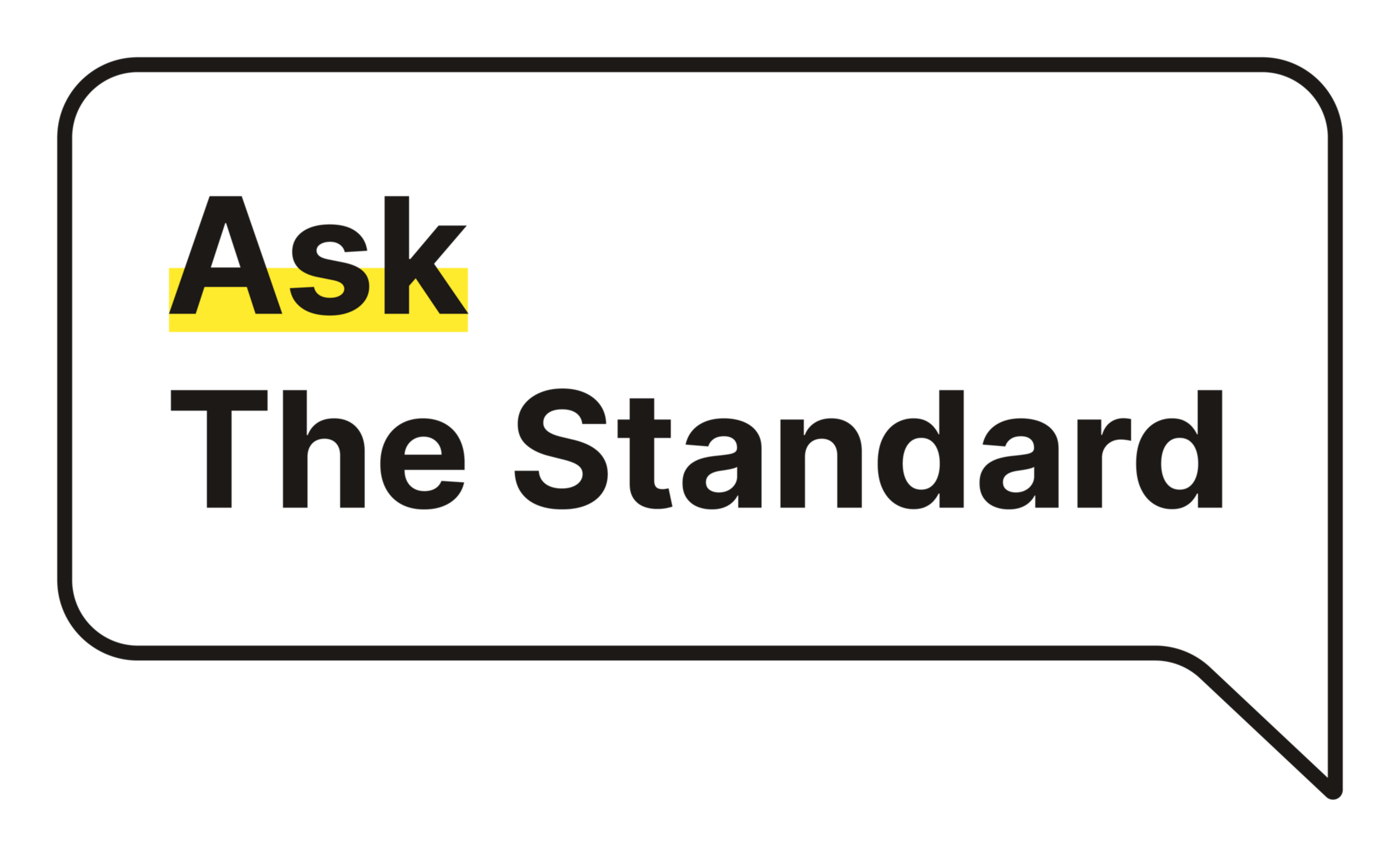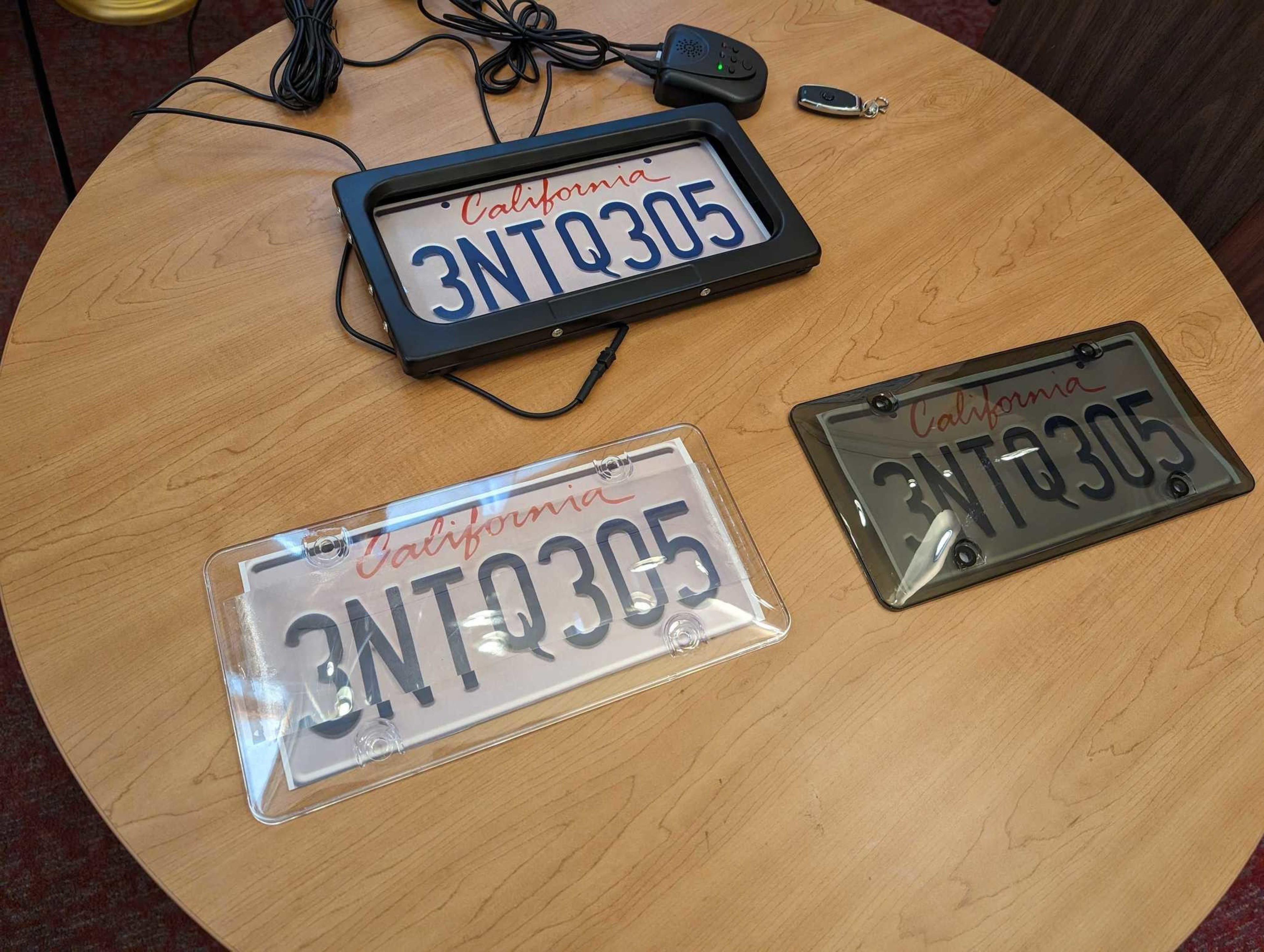The Standard’s Noah Baustin answers a reader question about how San Francisco law enforcement deals with vehicles without license plates.
A reader recently wrote The Standard perplexed by how many cars he was seeing on the road without license plates. “Around here, license plates seem to be optional,” the reader wrote.

This email sparked the latest iteration of Ask The Standard: What do police do when they see a car without a license plate?
When asked, San Francisco Police Department Spokesperson Officer Gonee Sepulveda pointed out that driving without a license plate violates the law. Specifically, it runs afoul of California Vehicle Code 5200 (opens in new tab), which requires that drivers have a license plate attached to the rear of their vehicle.
Sepulveda declined to share the department’s practices about how and when officers enforce that statute.
“It is hard to speak abstractly to what individual officers will do when they see a vehicle with no license plates,” he wrote. “I believe the courts set the penalty amounts for traffic violations.”
A spokesperson for the San Jose Police Department was more forthcoming. Driving without a license plate is an infraction punishable by a $197 fine, plus court costs, a spokesperson said. If officers see someone driving without a plate, they can pull them over, just like any other vehicle code violation.
Traffic stop data (opens in new tab) shows the San Francisco police department pulling over drivers for license plate issues. In the five-year period between July 1, 2018, and June 28, 2023, SFPD officers made 9,733 traffic violation stops under the license plate statute.
Most of the license-plate-related stops cited the legal requirement to attach two license plates to a vehicle, if that’s how many a driver received from the Department of Motor Vehicles. A smaller share of stops came from the section of the law mandating a single plate, attached to the rear of the vehicle, if only one is issued to the driver. (Trailers, motorcycles and some commercial tractors are issued just a single plate by the DMV (opens in new tab).)
The data doesn’t indicate whether the vehicle had no license plate at all, or some other issue with how the plates were displayed.
When combined, the two license plate statutes represented the fifth-most-common reason for traffic violation stops by SFPD, accounting for about 7% of all traffic violation stops between July 2018 and June 2023. The top reasons why officers pulled over drivers for traffic violations were: running a stop sign, disobeying a traffic light and speeding.
San Francisco police officers stop one-sixth as many drivers each month for traffic violations since the pandemic began, the data shows. From July 2018 through the end of 2019, SFPD averaged 5,359 traffic violation stops per month. In the first five months of 2023, that number fell to 891.
That dramatic drop has drawn the ire of some city leaders.
“As I have said before, if it seems like there is no traffic enforcement in San Francisco, it’s because there largely isn’t,” San Francisco Supervisor Rafael Mandelman said at a September 2023 meeting.

In response to Mandelman’s inquiries, SFPD cited staffing issues and increasing administrative burdens associated with reform policies.
As overall stop figures have dipped, license-plate-related traffic stops also fell off dramatically. From July 2018 through the end of 2019, the department stopped an average of 359 drivers each month for license plate violations. In the first five months of 2023, that average fell to only 40.
That means stops for license plate issues have fallen at a faster rate than overall traffic violation stops. Before Covid, license plate violations made up an average of 7% of SFPD’s monthly traffic stops. In the first five months of 2023, that total was 5%.
In many of the license-plate-related stops, officers either issued a warning (50%) or took no action (16%), the data shows. Officers issued citations in about 27% of the stops and about 2% resulted in an arrest, which may have been for another offense uncovered during the stop, or an outstanding warrant.
License plate-related stops may continue to decline under a pending San Francisco Police Commission policy.
The new rule will bar officers from making stops for some minor traffic offenses as a pretext to investigate hunches that wouldn’t pass the muster of the reasonable suspicion standard. The policy (opens in new tab) is an effort to curb the long history of traffic-stop racial profiling in San Francisco, an issue that has impacted cities across California (opens in new tab).
Under the policy, officers shall not stop or detain a driver based solely on the fact that their vehicle’s rear license plate number isn’t clearly visible. However, officers will still be able to stop drivers who do not have a license plate, or who only have a front license plate but no rear plate.
The Police Commission’s pretext-stop policy passed a vote in January but is still in ongoing negotiations with the police union and has not been implemented, according to commission staffer Sgt. Sondra Reynolds.
Are Those Paper License Plates Real?
Drivers who haven’t bought a new car in the past few years may be befuddled by the recent appearance of vehicles sporting not-so-sturdy-looking paper license plates.
Yes, those paper plates are authentic. The DMV issues temporary license plates to vehicles waiting for metal license plates to arrive in the mail.
The paper plate system began in January 2019, spurred by legislation (opens in new tab) from South San Francisco Assemblymember Kevin Mullin aimed at making sure every car on the road was clearly identifiable.
Before 2019, car buyers drove off the lot without any license plate affixed, often with a dealership ad in its place, since it takes time for the state to issue a license plate after a purchase is made. But all these vehicles driving around without license plates created serious problems. With no visible ID on their car, many drivers cheated automated tolls, costing the state millions (opens in new tab). Meanwhile, some scofflaws removed their plates to avoid getting tied to crimes (opens in new tab).
Under the new system, vehicle dealers are required to instantly report the vehicle identification number and information about the seller and buyer to the DMV, according to a department spokesperson. The system allows dealers to then print paper plates, which they must put on the vehicle as a form of temporary ID until the real plates arrive by mail.
Of course, like any form of ID, it’s possible that some may try to fake a paper plate. That fact was reinforced last Friday when Benicia police arrested a person driving an allegedly stolen Kia sporting a handwritten license plate (opens in new tab).
Anyone who suspects fraud can file a report with the DMV Investigations Division (opens in new tab).
